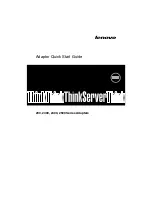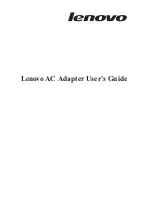
6-2
Using Explicit Messaging
PowerFlex® 755 Drive Embedded EtherNet/IP Adapter User Manual
Publication 750COM-UM001A-EN-P
performance. If your application cannot tolerate this, do not
check the “Connected” box.
Performing Explicit
Messages
There are five basic events in the Explicit Messaging process. The
details of each step will vary depending on the type of controller being
used. Refer to the documentation for your controller.
Important: There must be a request message and a response message
for all Explicit Messages, whether you are reading or
writing data.
Figure 6.1
Explicit Message Process
For information on the maximum number of Explicit Messages that can
be executed at a time, refer to the user manual for the bridge or scanner
and/or controller that is being used.
TIP: To message to another device in a different drive port, refer to the
Instance table in Appendix C:
•
DPI Parameter Object section on
for Device parameters.
•
Host DPI Parameter Object section on
for Host
parameters.
In the Message Configuration screen, set the Instance field to an
appropriate value within the range listed for the port in which the device
resides.
Event
Description
➊
You format the required data and set up the ladder logic program to send an
Explicit Message request to the scanner or bridge module (download).
➋
The scanner or bridge module transmits the Explicit Message Request to
the slave device over the network.
➌
The slave device transmits the Explicit Message Response back to the
scanner. The data is stored in the scanner buffer.
➍
The controller retrieves the Explicit Message Response from the scanner’s
buffer (upload).
➎
The Explicit Message is complete. Note: The scanner module may be
integrated with the controller (for example, ControlLogix).
➎
➊
➋
➌
➍
Complete Explicit
Message
Retrieve Explicit
Message Response
Set up and send Explicit
Message Request
















































